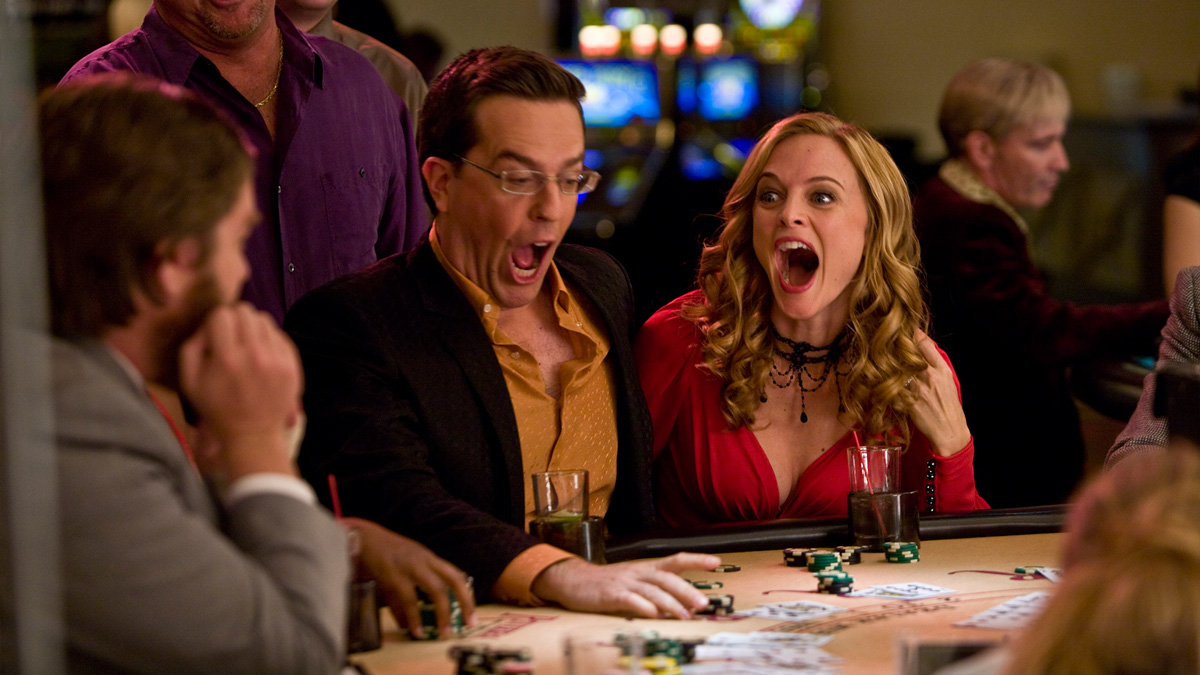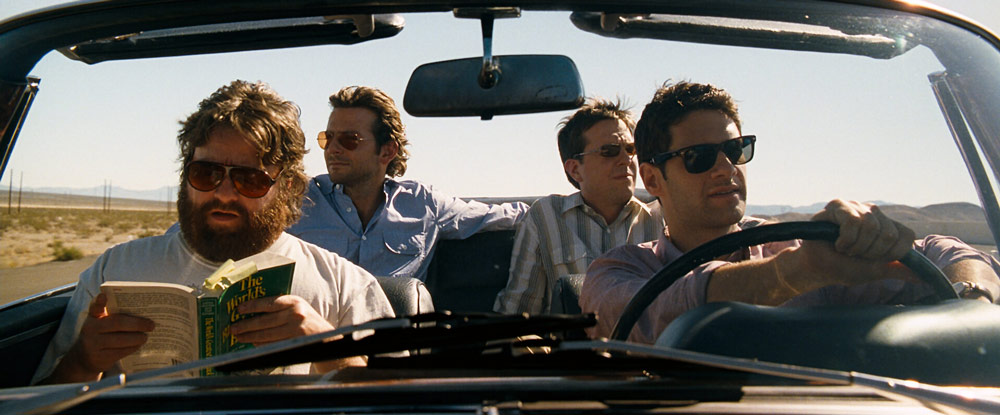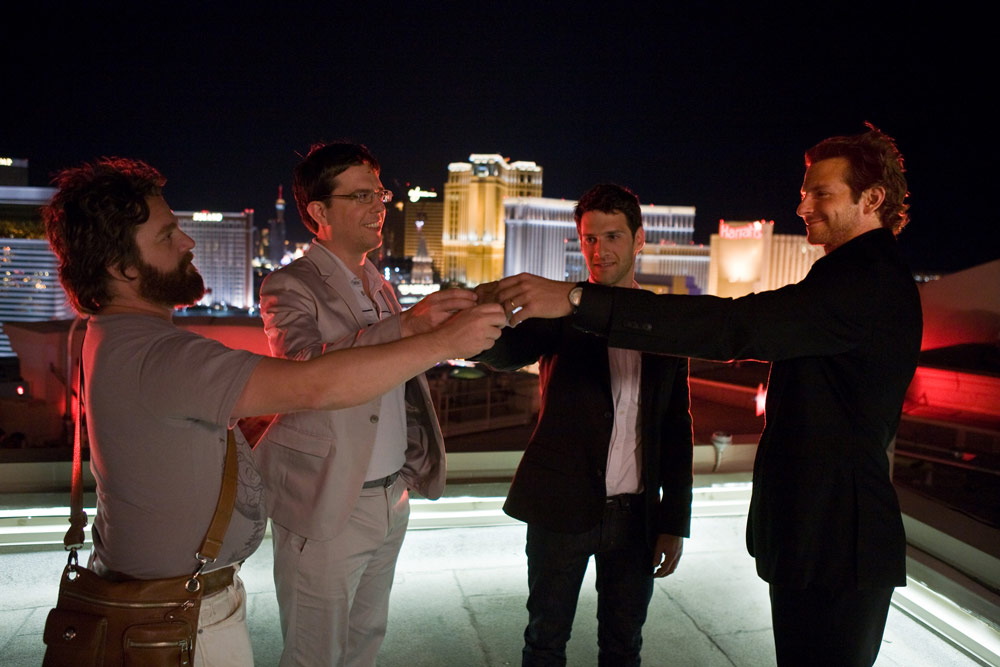
“Leave Vegas to Vegas” “The Hangover!” What is Las Vegas symbolized by “The Disappeared Hanamako and the Worst Hangover in History”?
2018.05.05
From an era of immorality dominated by the mafia to a clean city run by corporate management
As the Flamingo's business improved thanks to Sedway and Greenbaum, the mafia flocked to Las Vegas, opening casino hotels one after another. The 1960 film Ocean's Eleven depicts the prosperity of this time. It is a crime comedy about a World War II veteran who gathers his comrades to rob the sales of the five major casinos in Las Vegas, and was later remade by director Steven Soderbergh as Ocean's Eleven (2001).
However, the Mafia was forced to withdraw from Las Vegas due to the actions of billionaire Howard Hughes, whose life story was depicted in Martin Scorsese's 2004 film The The Aviator .
The film "The Aviator" ends with a dark omen of the worsening obsessive-compulsive disorder of Hughes, played by Leonardo DiCaprio. In fact, Hughes' obsessive-compulsive disorder-related cleanliness problem worsens to the point that he locks himself in a suite at the prestigious casino hotel, the Desert Inn, in Las Vegas. He buys up major casino hotels one after another without ever leaving his room, and from the late 1960s, casinos began to be run by ordinary companies rather than the mafia.
There is an urban legend about how during this reclusive period, Hughes was found collapsed on the side of the road 240 km from Las Vegas, and a man who happened to be passing by took him to the Desert Inn, where he was named the heir to Hughes's enormous fortune. This story was made into a film called "Melvin and Howard" (1980) by director Jonathan Demme.

Martin Scorsese's " Casino " (1995) is a true story set in Las Vegas in the 1970s and 1980s, but ends with the 1990s, when the influence of the mafia gradually declined and the city was transformed into a "family theme park." From this point on, Las Vegas is no longer the old image of a mafia den = a hotbed of crime, but a more wholesome "24-hour party town" that accepts everyone from celebrities to tourists.
In the 1990s and 2000s, Las Vegas had attractions like the Bellagio Fountain Show and the Mirage Hotel Volcano, both of which were featured in Ocean's Eleven, which could be viewed for free from the main street, and Cirque du Soleil had a permanent theater where they performed their amazing circus acts. These attractions were designed to attract families, and although minors were not allowed to play in casinos, the casinos were confident that their accompanying parents would spend money on gambling.

On the other hand, Las Vegas has a tradition of putting profit first. Services that do not directly lead to sales are quickly eliminated. The movie " Miss Congeniality 2 " (2005) was based on a real-life incident in which a free pirate show that was once popular in Vegas was forced to close, and created a character for the perpetrator of the crime.
Since the 2000s, Las Vegas has abandoned the family-oriented approach that had made the city so popular in the 1990s, and instead has shifted its focus from young people seeking a celebrity-like atmosphere to adult tourists. This is exactly what the protagonists of "The Hangover" are like.
“The Hangover!” depicts the pitfalls of “a city of safety and security.” ”

